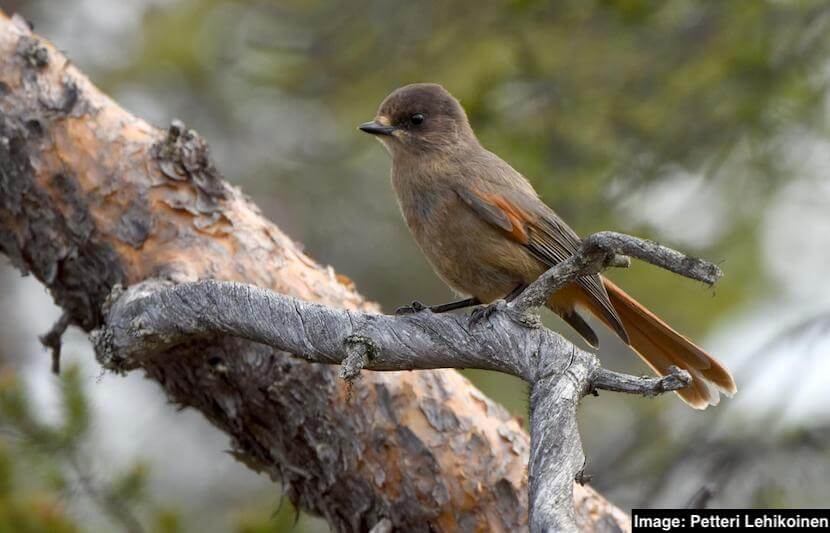Conservation areas can help bird species adapt to climate change and stay closer to their native habitats, researchers in Finland find.
The researchers looked at changes in the abundance of bird species both inside and outside conservation areas over the last 50 years.
They found that as habitats grow increasingly threatened by the warming climate, bird species are migrating where it is colder — the north and south poles.
But this new study shows that conservation areas can help temporarily keep birds from venturing too far from home while humans work to slow down the effects caused by climate change.
The paper is published in the journal Global Change Biology.
Helping northern bird species
The conservation areas help northern bird species continue to stretch to the warmer boundaries of their distribution areas.
“Finnish conservation areas are mainly comprised of old-growth forest and peatlands, which prevent the retreat of northern species,” Petteri Lehikoinen, a researcher at Luomus, the Finnish Museum of Natural History at the University of Helsinki, said in a statement.
“It is the impact of climate change on northern species that is causing particular concern,” he continued. “These species are also threatened by deteriorating habitats, such as through forestry and the drying-up of peatlands.”
The distance northern bird species can travel is restricted by the Arctic Ocean and the Scandinavian mountains. If warmer weather forces northern species too far north, they could face extinction.
But conservation areas help protect these species. Their abundance inside the conservation areas is high compared to outside regions.
Helping southern bird species
As the climate warms, the conservation areas can serve as safe spaces for southern bird species to stop by on their migration to colder, unfamiliar areas up north.
Some southern species, such as the red-breasted flycatcher and the lesser spotted woodpecker, have already taken advantage of these conservation stops. In recent years, the abundance of these species found inside conservation areas has increased.
“This observation emphasises the importance of a geographically unbroken and comprehensive network of conservation areas, while at the same time posing a challenge for the planning of conservation,” Petteri Lehikoinen said in a statement.
“When establishing conservation areas in the future, attention should also be paid to the needs of those species currently only beginning to spread to the area from the south,” he continued.
Need to increase number of conservation areas
As climate change and habitat destruction continue to cause biodiversity loss, there is an increased need for conservation areas to mitigate their effects.
Old forest and peatland conservation areas can also help reduce warming by sucking up carbon from the atmosphere.
“By slowing down the harm caused by climate change, conservation areas provide us with a grace period for tackling the causes and consequences of climate change,” Aleksi Lehikoinen, an Academy of Finland research fellow at Luomus, said in a statement.
“The findings encourage us to increase the number of conservation areas, which is also what the international goal of protecting 17 percent of all land area does,” he continued.



